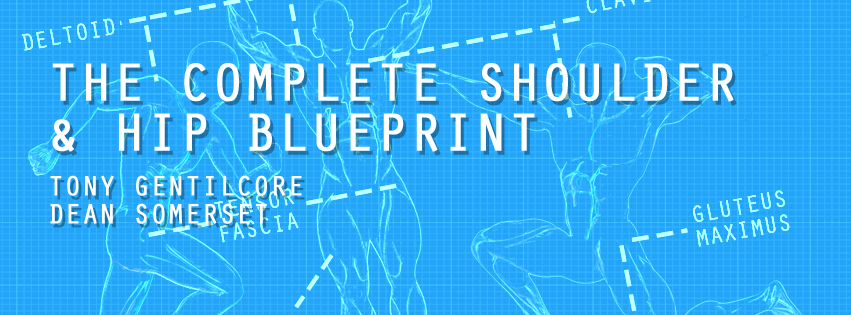NOTE: There’s only a few more days to get my latest continuing education resource – Strategic Strength – at $50 off the regular price. Today’s post discusses one of the main topics covered in the course: Assessment.
Assessment.
People don’t like the feeling of being judged – especially by complete strangers.
However, when it comes to working with a coach or personal trainer for the first time, an “assessment” is pretty much standard procedure; a means to an end with regards to collecting data to better ascertain someone’s starting point.
In Short: An assessment guides the coach to help figure out the safest and most efficient path for a client to reach his or her’s goal(s).1
That being said…I feel many of us are approaching assessment the wrong way.
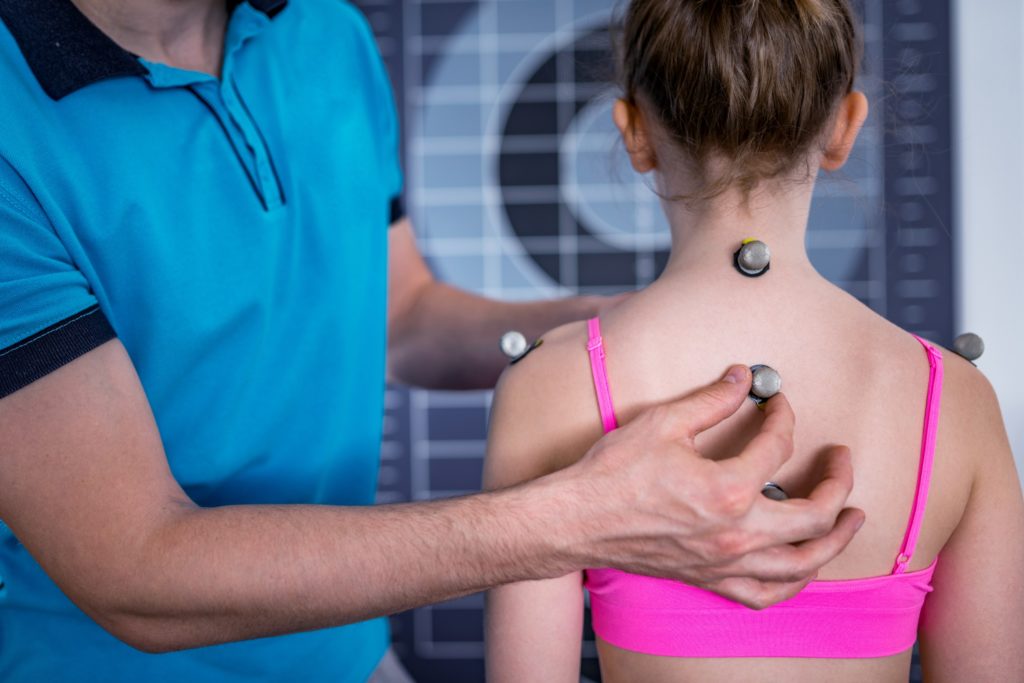
The Peculiar State of Fitness Assessments
I am not writing this as an attack against assessment
Likewise I am also not here to say one way or the other how you should assess your clients.
You know your clients/athletes better than I do.
I don’t care if your assessment of choice is the Functional Movement Screen, the Selective Functional Movement Assessment, PRI (Postural Restoration Institute), DNS (Dynamic Neuromuscular Stabilization), FRC (Functional Range Conditioning), whatever institutions like NASM or ACE prefer, or, I don’t know, duck-duck-goose.
Everything has it’s strengths and weaknesses.
More to the point, I would think that as people progress through their careers they’d take it upon themselves to actively change their minds the more they learn and gain experience.
They’ll experiment more and eventually “cherry pick” from several modalities to best fit their philosophy and approach to training.
Ideally “assessment” should be a smorgasbord of reaches, rolls, carries, squats, hinges, toe touches, twists, presses, and bicep curls (<— only half kidding on that last one), among other things.
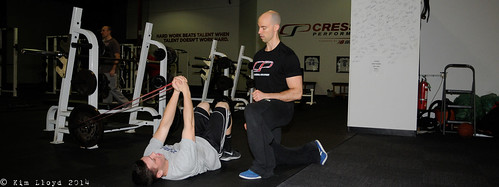
Here is Gray Cook’s definition of assessment (a good one, mind you):
“In the assessment you take your education background, your professional wisdom, the particular situation, the time constraints, other historical information like a medical history or previous problems…and put all that together. That’s an assessment.”
Pretty hard to disagree with that, right?
Here’s my lame attempt:
“Can the person sitting/standing in front of you do stuff?”
I’m not tossing darts at everyone, but I do find that the bulk of fitness professionals out there use the initial assessment as an opportunity to search every crevasse (not that crevasse, get your mind out of the gutter), nook & cranny, and area of the body for “dysfunction.”
Many use the assessment as an opportunity to demonstrate to someone how much of a walking ball of fail they are.
“Okay Mr. Jones here’s what we got: your hip flexors are tight, you have forward head posture, you lack frontal plane stability, you lack ample scapular upward rotation, your left big toe has zero dorsiflexion, you have weak glutes, you’re quad dominant, your shoulders are slightly internally rotated, you’re probably gluten intolerant, your wife is cheating on you, and I’m about 37% convinced you have cancer.
If you purchase a 24 pack you’ll save $13 per session. Whataya say?”
After all that this will be Mr. Jones:
Some of the above may be relevant and stuff you should focus on as a trainer. I mean, I’m not going to sit here and belabor a coach for wanting to improve a client’s thoracic spine mobility.
However, if I were the person listening to some laundry list of things I suck at or need to improve on, I’d be like………
………..”fuck off.”
Be Careful of Being Told to “Fuck Off”
There’s much I can wax poetic on when it comes to the topic of assessment. My biggest pet-peeve, though, is when coaches/trainers place waaaaaaaaaay too much emphasis on someone’s resting/static posture.
Lets revisit the picture from above.
Many high-end gyms implement this advanced form of “postural assessment” as an up-sell to seduce more people into purchase training.
Said individual stands in front of a giant gridded screen and is then hooked up with a bunch of probes and what not that are placed at strategic locations around the body that bloop and bleep.
It’s reminiscent of one the most terrifying movies I have ever seen, Fire in the Sky.
Remember that one?
You know, that alien abduction movie from the early 90’s where the main character is relentlessly poked and prodded by a bunch of aliens on their spaceship?
It’s terrifying.
Anyway, I can’t help but be reminded of that movie whenever I see someone being told to stand in front of a grid so some trainer can scrutinize every inch of their posture in the hopes they’ll be hired to “fix” it.
Who says it needs to be fixed in the first place?
I’m reminded of a photograph shared by Fort Worth, TX based physical therapist, Dr. Jarod Hall a few years back which hammers home my point.
Here’s what he said/posted:
“I want everybody to look closely at this picture and tell me what you see…”

“I see 20 of the world’s top athletes that have tremendous range of motion, strength, body control, and physical capacity… Yet all have significant variances in their static posture as determined by the holy grail plumb-line.
Static posture is near worthless to measure for injury or pain prediction.”
Placing all your eggs into one basket – in this case static posture, which a lot of fitness professionals do – is unfortunate.
Posture is a Position, It’s Not a Death Sentence
To steal from another really smart physical therapist, Dr. Quinn Henoch, “posture will always be relative to two things:
- the task at hand
- and the load
If you’re not taking into consideration those two things during an assessment – in addition to movement, repetition, speed, etc – and you’re only assessing people based off static posture, well, you’re not smart.
The question, then, is….”what should an assessment look like or consist of?”
I don’t know.
Like I said…you know your clients better than I do.
I know one thing is for sure: It would behoove any fitness pro to get their clients moving.
I am not saying you shouldn’t take static posture into consideration or that it’s a complete waste of time.
In the end, it’s all information.
However, LOAD is a game changer when it comes to assessment – especially as it relates to movement (and yes, even posture).
Far too many coaches are reticent to load their clients on Day #1.
As an example most people stink at a bodyweight squat, and we’re quick to assign some arbitrary number that they feel ends up defining them.
Add load.
- Goblet Squat
- Plate Loaded Front Squat
Invariably there’s almost always a dramatic improvement
Sha-ZAM…you just showed someone success and that they’re not broken.
Now THAT’s an assessment.
Add load. Add variety of movement. Don’t rely solely on static posture to assess your clients.
Just, don’t.

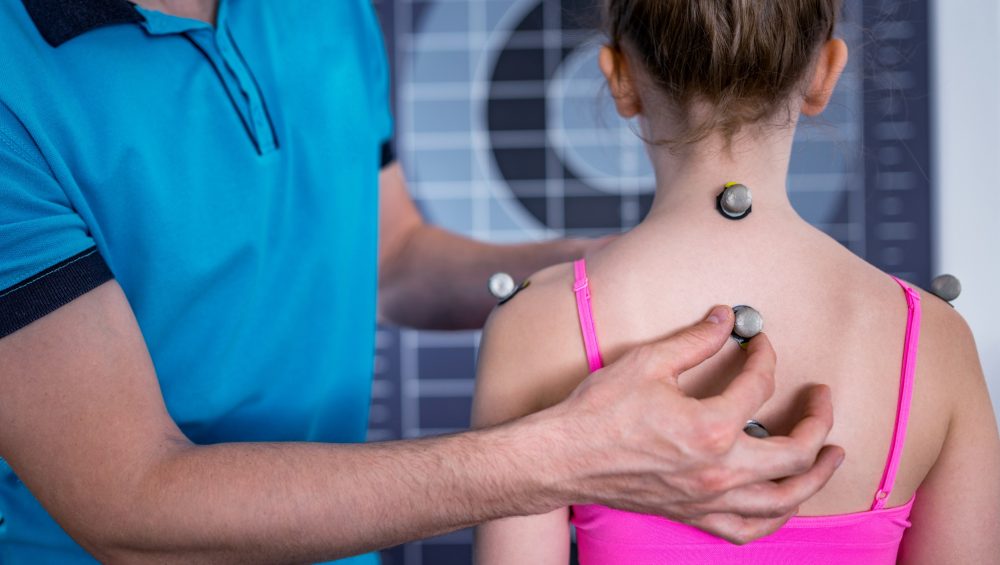
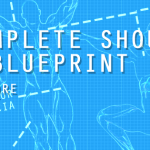
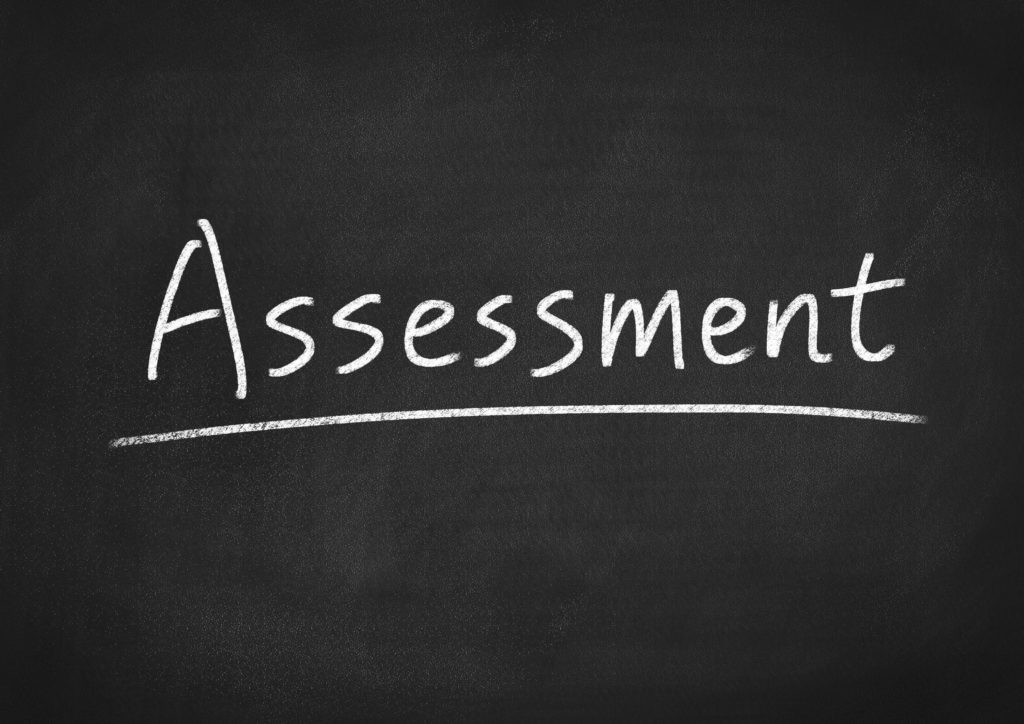





.jpg/290px-Annie_Mac_(2).jpg)

